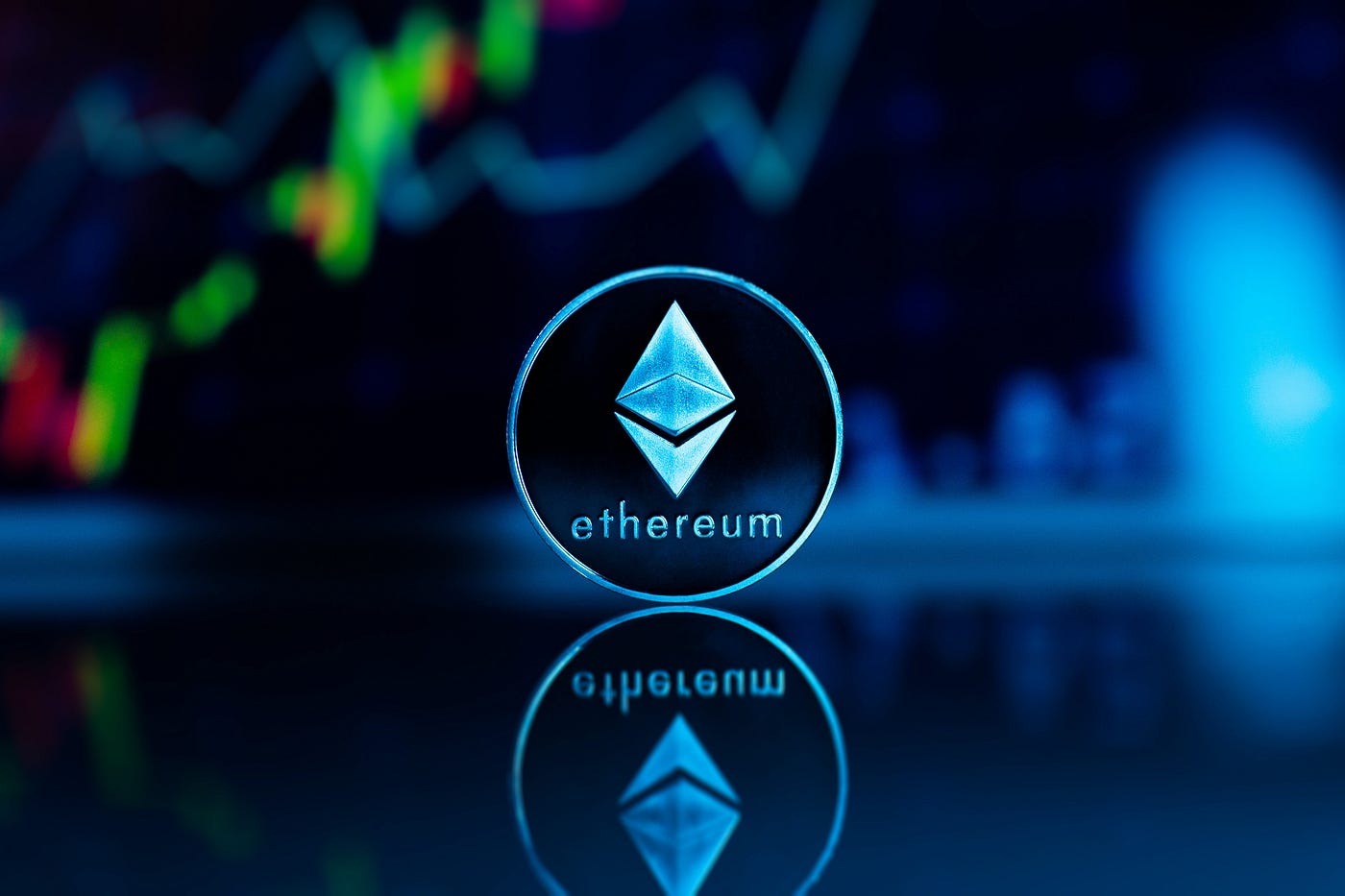What Is Ethereum?
Ethereum is a decentralized, open-source blockchain platform that enables the creation and execution of smart contracts and decentralized applications (dApps). Launched in 2015 by Vitalik Buterin, Ethereum is the second-largest cryptocurrency by market capitalization, after Bitcoin. While Bitcoin was designed primarily as a digital currency, Ethereum was built as a more versatile platform, enabling developers to build complex decentralized applications beyond simple transactions.

Key Components of Ethereum
- Ether (ETH):
- Ether is the native cryptocurrency of the Ethereum network. It is used to pay for transaction fees, computational services, and gas fees required to execute smart contracts on the Ethereum blockchain. Ether is the second most valuable cryptocurrency after Bitcoin.
- Smart Contracts:
- Ethereum introduced the concept of smart contracts, which are self-executing contracts with the terms written into code. Once certain conditions are met, the contract automatically executes, reducing the need for intermediaries. Smart contracts have wide-ranging applications, from finance to supply chain management and gaming.
- Decentralized Applications (dApps):
- dApps are applications that run on a decentralized network instead of being controlled by a single entity. Ethereum provides the infrastructure for building these dApps, allowing developers to create secure, trustless applications for finance, games, social networks, and more.
- Ethereum Virtual Machine (EVM):
- The EVM is a software platform that allows developers to create decentralized applications on Ethereum. It functions as a global, decentralized computer that executes smart contracts and allows dApps to run on the Ethereum blockchain.
How Ethereum Works
- Blockchain and Consensus Mechanism:
- Like other cryptocurrencies, Ethereum uses a blockchain, a distributed ledger where transactions are recorded and verified. Ethereum initially used a Proof of Work (PoW) consensus mechanism (similar to Bitcoin), but it has transitioned to Proof of Stake (PoS) as part of the Ethereum 2.0 upgrade.
- Proof of Stake (PoS):
- In PoS, instead of miners competing to solve cryptographic puzzles, validators are chosen based on the amount of ETH they hold and are willing to “stake.” Validators are responsible for confirming transactions and maintaining the blockchain, earning rewards for doing so.
- Gas Fees:
- To execute transactions or run smart contracts on Ethereum, users must pay gas fees in ETH. These fees compensate network participants for their computational resources and can fluctuate based on network activity and demand.
Ethereum 2.0 (Eth2)
Ethereum 2.0, also known as “The Merge”, refers to a series of upgrades aimed at improving the scalability, security, and sustainability of the Ethereum network. The main changes include:
- Switch to Proof of Stake:
- Ethereum 2.0 moved from the energy-intensive Proof of Work to the more environmentally friendly and efficient Proof of Stake mechanism.
- Sharding:
- Sharding is an upgrade expected to break the Ethereum blockchain into smaller pieces (shards), allowing transactions to be processed in parallel. This will greatly enhance the network’s capacity, enabling faster transactions and lower fees.
Ethereum Use Cases
- Decentralized Finance (DeFi):
- Ethereum is the backbone of DeFi, a financial ecosystem that operates without traditional intermediaries like banks. DeFi applications allow users to borrow, lend, trade, and earn interest on cryptocurrencies.
- Non-Fungible Tokens (NFTs):
- Ethereum powers the majority of NFTs, which are unique digital assets that represent ownership of items like art, music, or in-game collectibles. The ERC-721 token standard is used to create NFTs on the Ethereum network.
- Decentralized Autonomous Organizations (DAOs):
- DAOs are organizations that operate without centralized leadership. Decisions are made collectively through smart contracts, with members using tokens to vote on governance proposals.
- Gaming and Virtual Worlds:
- Ethereum is widely used in decentralized gaming and virtual world platforms like Decentraland and Axie Infinity, where players can own, trade, and monetize in-game assets.
Risks and Considerations
- High Gas Fees: Ethereum’s popularity has led to network congestion, often causing high gas fees. Ethereum 2.0 aims to address this by improving scalability.
- Volatility: Like all cryptocurrencies, the price of ETH can be highly volatile, subject to market swings and regulatory changes.
- Security: While Ethereum is considered secure, vulnerabilities in smart contracts or dApps can lead to hacks or losses.
Conclusion
Ethereum is a powerful blockchain platform that goes beyond just digital currency, enabling decentralized applications and smart contracts. With its transition to Ethereum 2.0 and the introduction of Proof of Stake, Ethereum aims to improve its scalability and efficiency, cementing its place as a cornerstone of the decentralized web and the future of blockchain technology.